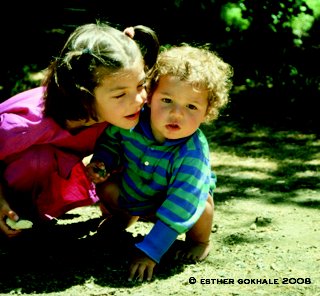Round-backed bending is ubiquitous in modern urban culture. It damages the back. Recognizing this, many health advocates recommend bending at the knees. Done to excess or with poor form, this damages the hips, knees, ankles, and feet.
Surprisingly, poor bending form abounds even in fitness and wellness classes.
An insistence on touching the toes can be counterproductive and result in damage
People sometimes equate being able to touch the toes with flexibility. An imprecise and insistent pursuit of this kind of “flexibility” causes disc damage, hyper-extended spinal ligaments, and a lot of pain. Let’s examine do’s and don’t’s in bending more closely.
DO
Come close in to your tasks and don’t bend
